January Gardening Tips and To-Dos for the Pacific Northwest
Your Pacific Northwest garden might look a bit dreary right now, but a surprising amount of gardening to-dos need to be done in January! The constant drizzle and chilly temps might not exactly scream “garden time,” but this is the perfect time to start planning and preparing for the upcoming growing season.
The last time I worked in my garden was in early November, so I’ve missed it quite a bit. The good news is that there’s a silver lining for gardening in the PNW. Our winters are pretty mild compared to what other gardeners around the country deal with. You might even catch a few sunny breaks that make it pleasant enough to pop outside and say hello to your winter garden.
In this post, I’ll walk you through some January gardening tasks that’ll give you a head start on the growing season ahead. Trust me – your future self (and garden) will thank you for braving the weather now!
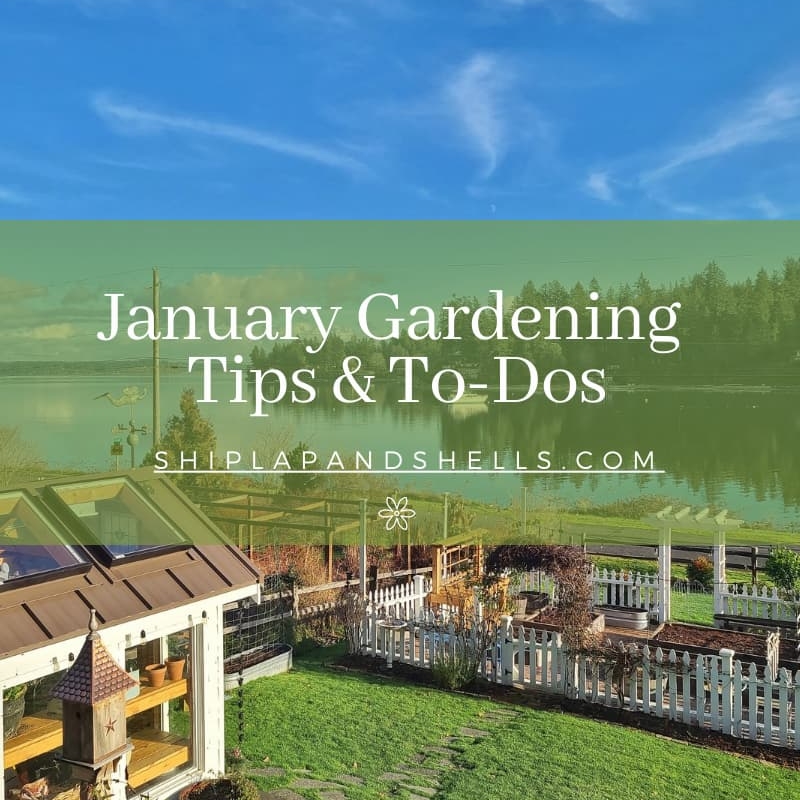
As an Amazon affiliate, I earn a commission from qualifying purchases at no additional cost to you. My blog also features other affiliate links for your convenience. Click here to read my privacy policy.
Do You Need to Be Gardening in January?
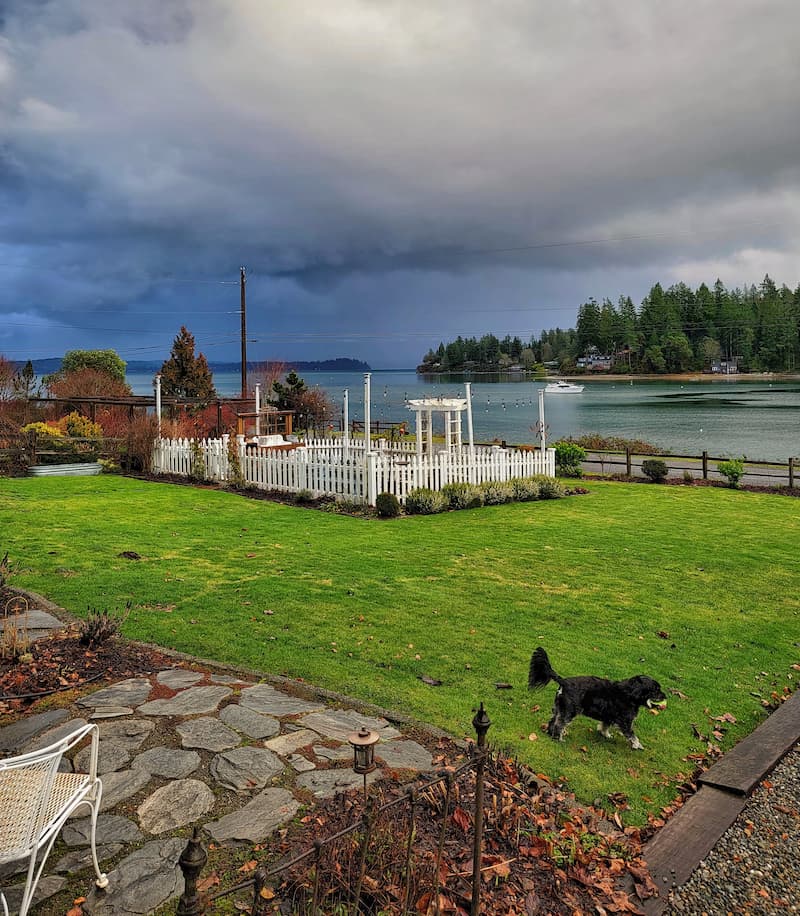
Absolutely!
While January might feel like a sleepy month in the garden, it’s a great time to set yourself up for success in the Pacific Northwest. Gardening in January is less about planting and more about preparation. Think of it as a planning party where you’re laying the groundwork for a gorgeous garden come spring.
This is the perfect month to take inventory of your tools, start planning your garden layout, and get your hands dirty with some winter pruning or soil care.
I’m a self-taught hobby gardener. Everything I share on my blog is my opinion and what has worked for me.
And let’s not forget, January is prime time for cozying up with seed catalogs (or browsing online) and dreaming big for the growing season ahead.
You might feel inspired to bundle up and head outside on those rare sunny winter days (yes, they do exist in the PNW!). Clear away fallen branches, check on your overwintering plants for pest issues, or tuck them in with a cozy layer of mulch.
And honestly? Sometimes, just getting outside for a bit of garden puttering is the best cure for those January blues, even if it’s just for 15 minutes between rain showers!
January Gardening Tasks by Climate Zone

Welcome to January gardening in the PNW, where the weather keeps us guessing! One minute, you’re watching frost sparkle on your garden beds, and the next, you’re grabbing your gardening gloves and racing outside to soak up a surprise patch of winter sunshine. That’s just how we roll here in the Pacific Northwest.
Unlike our gardening friends buried under feet of snow elsewhere, we have more time to play in our gardens throughout the year. Our mild winters mean the soil usually stays workable, perfect for mixing in some compost or even sneaking in a few cold-hardy plants.
It’s also an important time to protect what you’ve already planted. Mulching garden beds, wrapping vulnerable shrubs, or placing cloches over delicate plants can prevent damage from the occasional freeze.
And don’t forget to inspect your trees and shrubs. Winter pruning is ideal for many fruit trees, roses, and perennials because it helps promote healthy growth when spring arrives.
Garden Supplies and Tools
Check out my favorite garden supplies and tools for the growing season. Whether you’re looking for potting soil or deer repellent, you’ll find what I use in my own garden.
What About Other Regions?
If gardening in colder climates, January might be more about planning and less about hands-on tasks. Snow-covered gardens may be inaccessible, but that doesn’t mean there’s nothing to do. Starting seeds indoors, organizing garden tools, or researching new plants can make the most of your time.
Meanwhile, in warmer regions where frost is rare, January can be an active month for planting and harvesting. Areas like the southern U.S. or parts of California might even have gardeners sowing carrots, radishes, or early spring flowers.
Whether dealing with six feet of snow or enjoying endless sunny days, January is one of the most important months in your garden year. It’s all about working with what Mother Nature gives you. Maybe that means dreaming and scheming with seed catalogs or getting your hands in the dirt. Either way, you’re setting yourself up for an amazing growing season ahead!
Your January Gardening To Do List
Start Planning This Year’s Garden and Place Orders
Map Out Your Garden
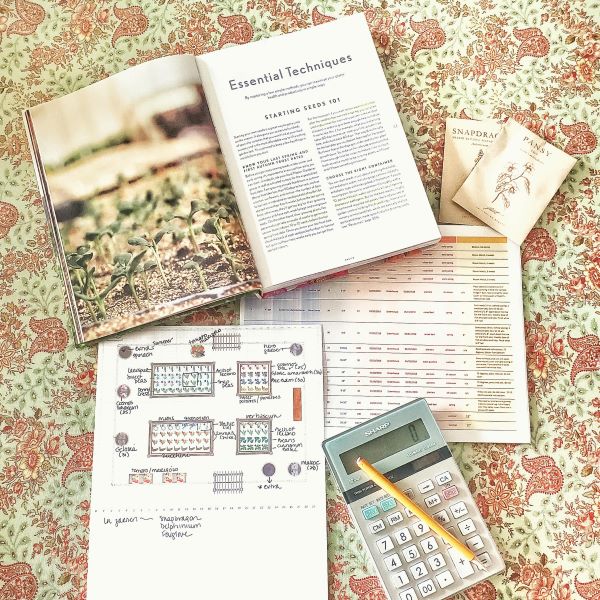
Mapping out your garden in January is an important part of the garden planning process.
Preplanning garden beds gives you a better idea of the following:
Crop Rotation
Vegetables should be rotated every year. Crop rotation prevents the build-up of soil-borne pests and diseases and allows nutrients in the soil to be replenished.
Members of the same plant family shouldn’t be planted in the same garden space more than once every 3-4 years.
Choose Your Garden Seeds
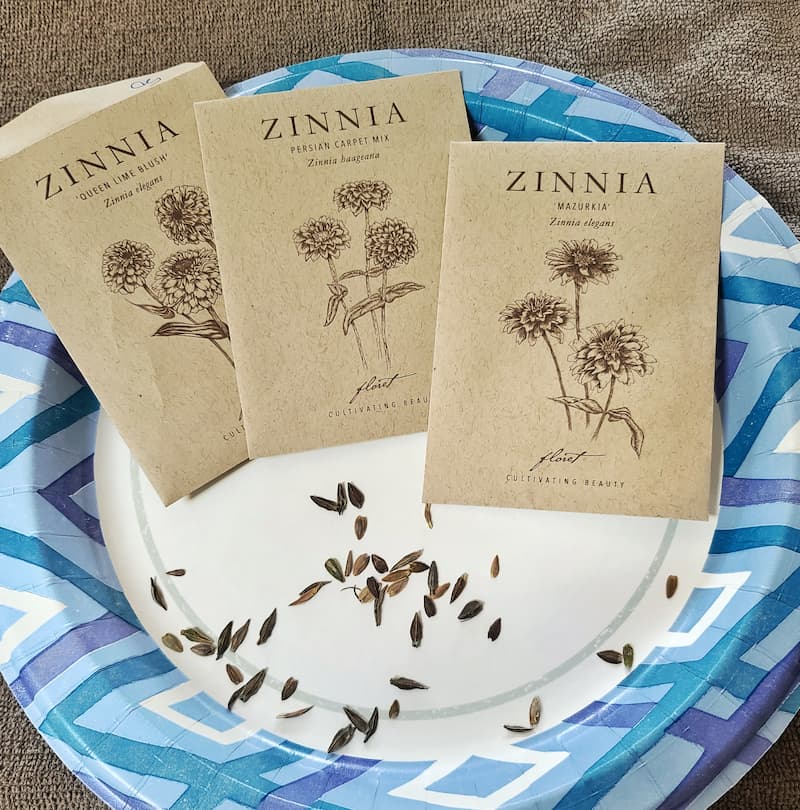
If you haven’t already determined which varieties of annual flower and vegetable seeds you’ll be sowing this year, now is the time to decide and order your new seeds.
Before you decide which seeds to buy, here are a few things you should do first:
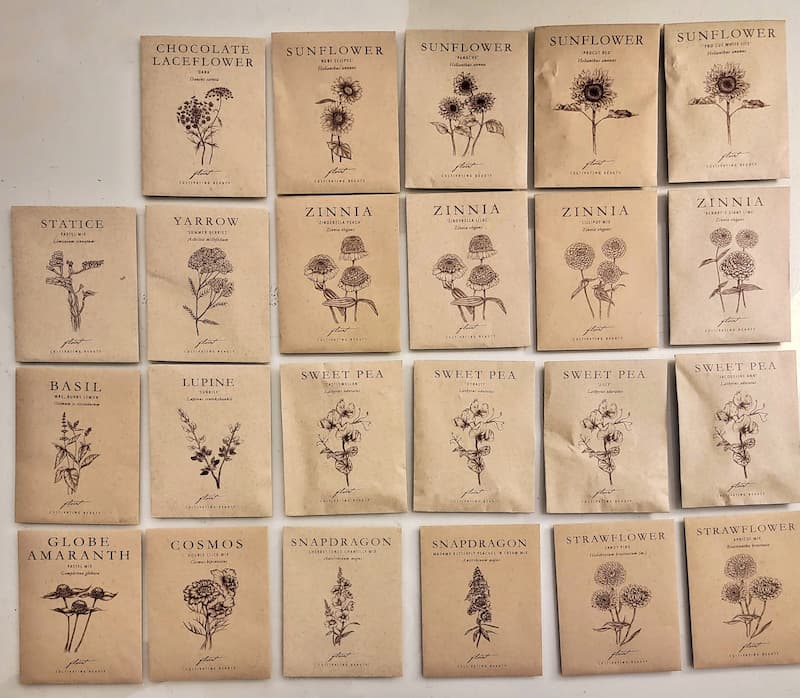
Seeds over 3-4 years old or those not stored properly often have germination rates below 50%.
Look for the packaging date printed on the seed packets, and then compare how old your seeds are to this seed viability chart for flowers, vegetables, and herbs.
Order Bare-Root Fruit Trees and Plants
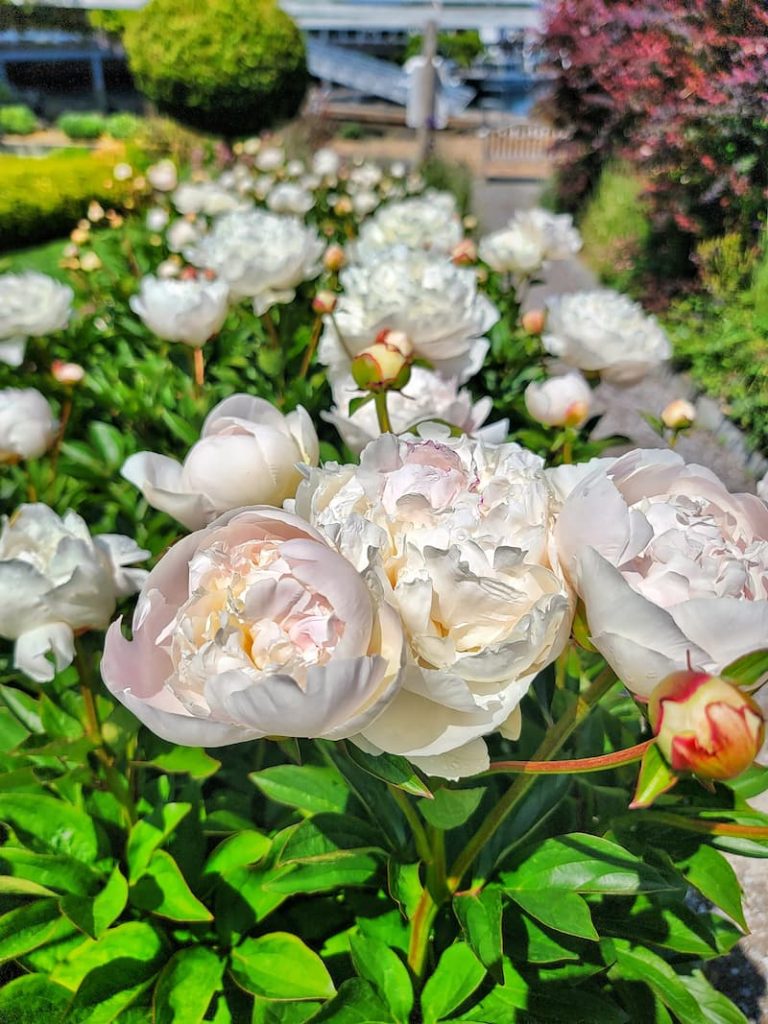
Order any bare-root trees and plants you want to grow in the garden in January or February this year. They will be shipped to you when it’s the right time to plant them in your area before they begin breaking dormancy.
What to Plant for the Pacific Northwest in January
Bare-Root Roses
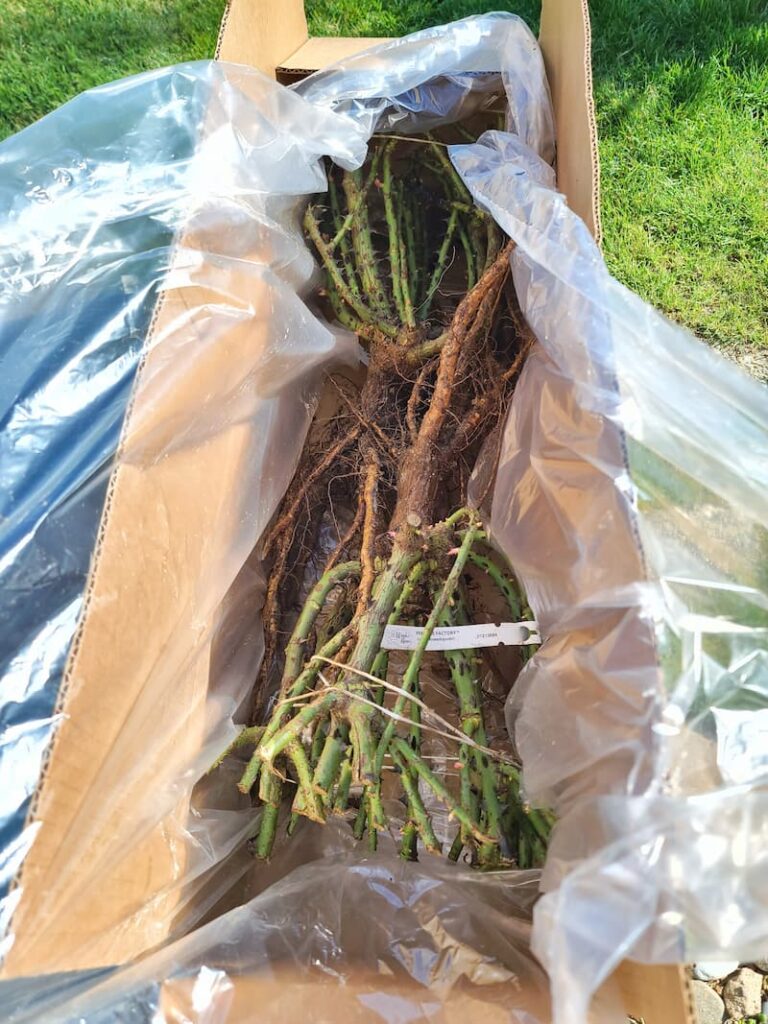
Start planting bare-root roses in the garden during winter, as early as late January through March.
Bare-Root Fruit Trees
It’s important to plant bare-root trees before they break dormancy.
Evergreen Shrubs and Grasses
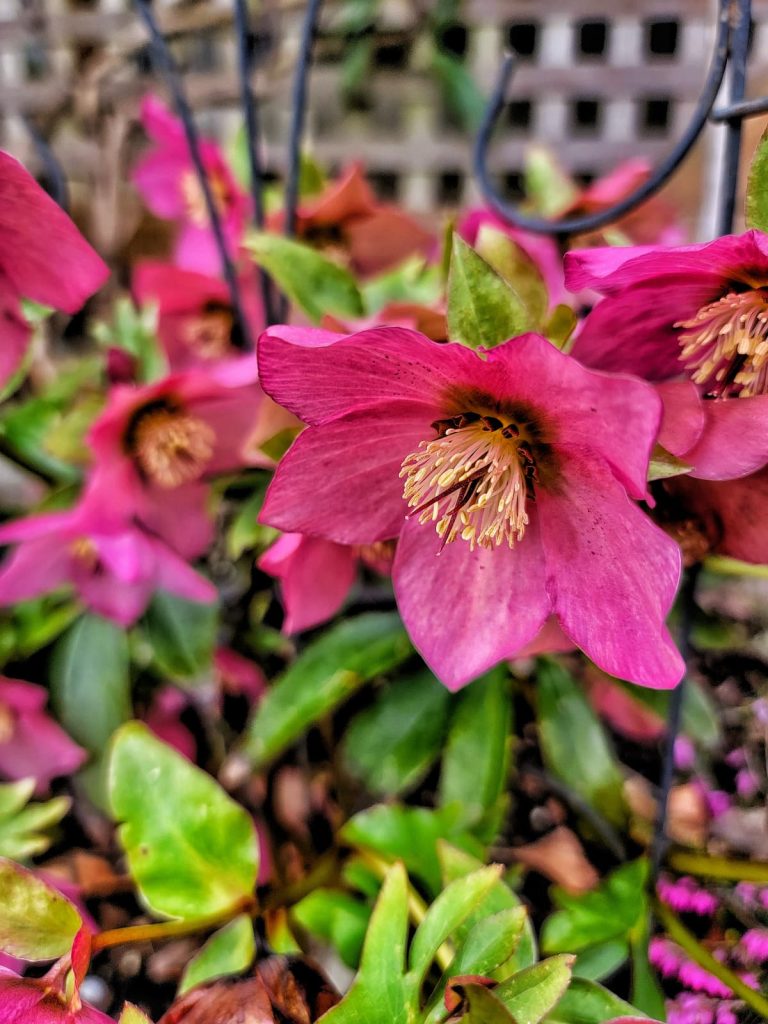
Add shrubs and evergreen grasses to your winter landscape.
Hellebore (also known as a Christmas rose) and heather are perfect for winter interest and will add a much-needed bloom of color to your Pacific Northwest garden this January.
Cut Flower Seed Sowing Indoors
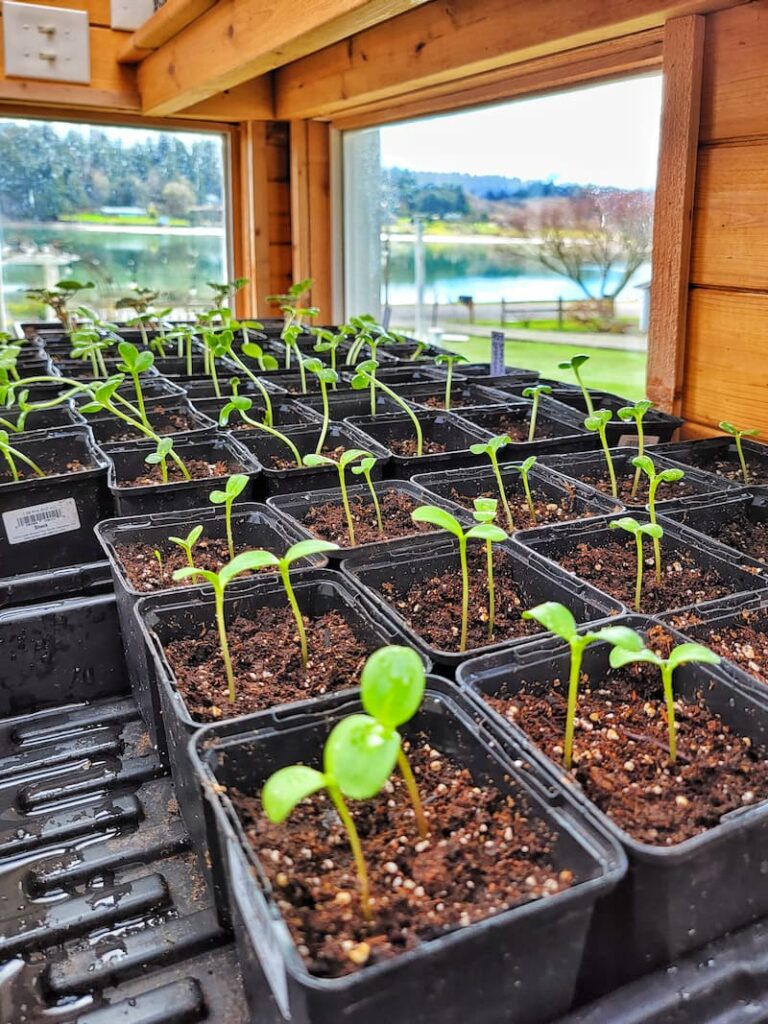
Snapdragons and sweet pea seeds can be sown indoors, depending on your last frost date.
Here’s a great resource for checking your average last frost date. You can also use the seed sowing calculator for more information on timing on seed sowing.
Cold Weather Crops
You can start sowing some winter crops indoors in January.
Grow early crops such as arugula, broccoli, cabbage, chives, eggplant, kale, rosemary, oregano, parsley, sage, and thyme indoors in January.
In late January/early February, you can sow eggplant, peppers, and tomatoes.
Test the Soil in the Garden
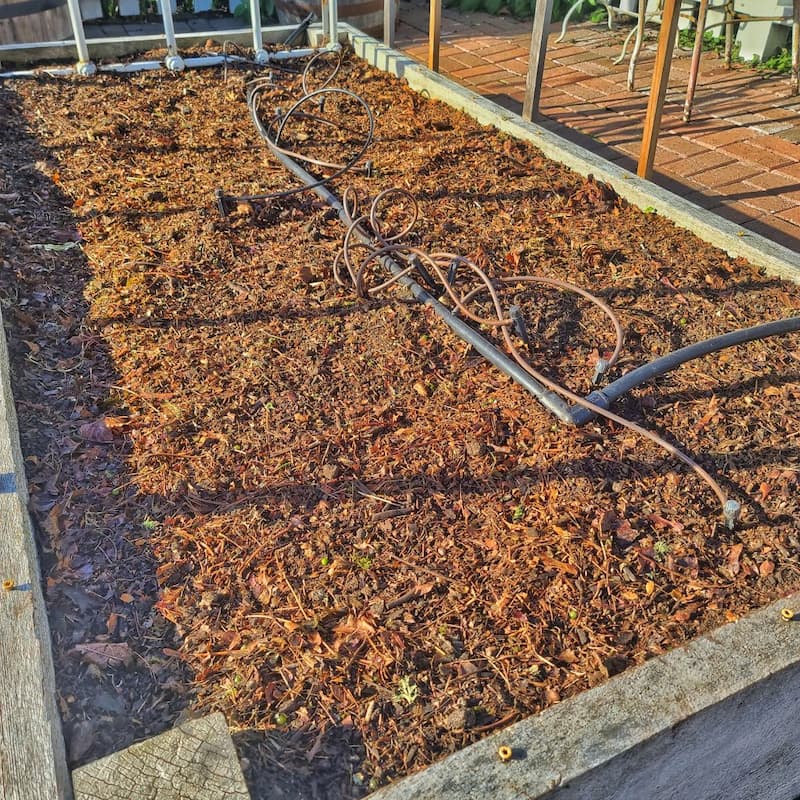
Winter is a good time to test your soil to determine which amendments it may need before spring planting.
You can test the soil yourself with a soil test kit or a specialty lab. Floret Flower Farm’s article outlines its soil fertilization and testing techniques.
Once you have an idea of the soil you’re working with, you can start adding organic matter to your garden area to help improve water retention, provide essential nutrients for plant growth, and reduce weed growth.
Prepare for Seed Starting in January
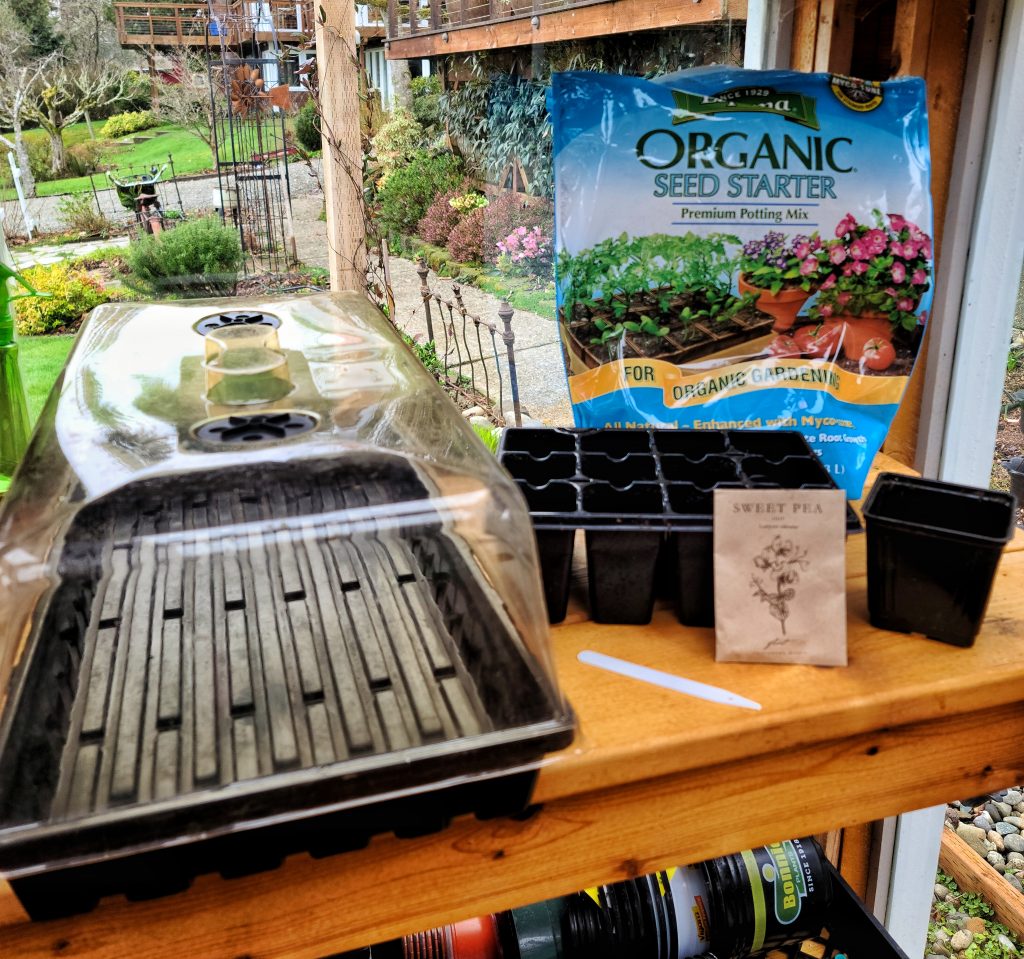
It’s hard to believe, but I will be seed starting at the end of January, so it’s important to be ready in just a few weeks.
I start seeds indoors for sweet peas and snapdragons first in the greenhouse at the end of January.
Clean Workspaces, Containers, and Tools
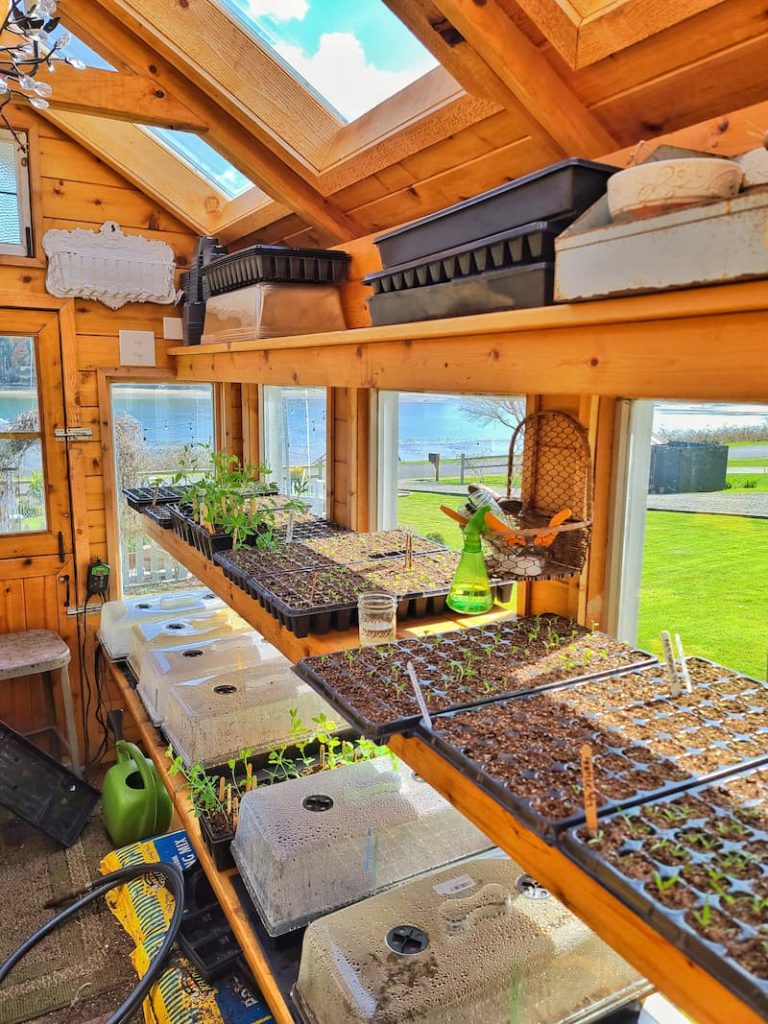
Prepare your greenhouse or indoor space to sow seeds. Clean your workspace, tools, and any pots or trays previously used to grow seeds.
You can soak your containers in 9-part water and 1-part water solution to kill micro-organisms.
Inventory Your Supplies and Purchase What You Need
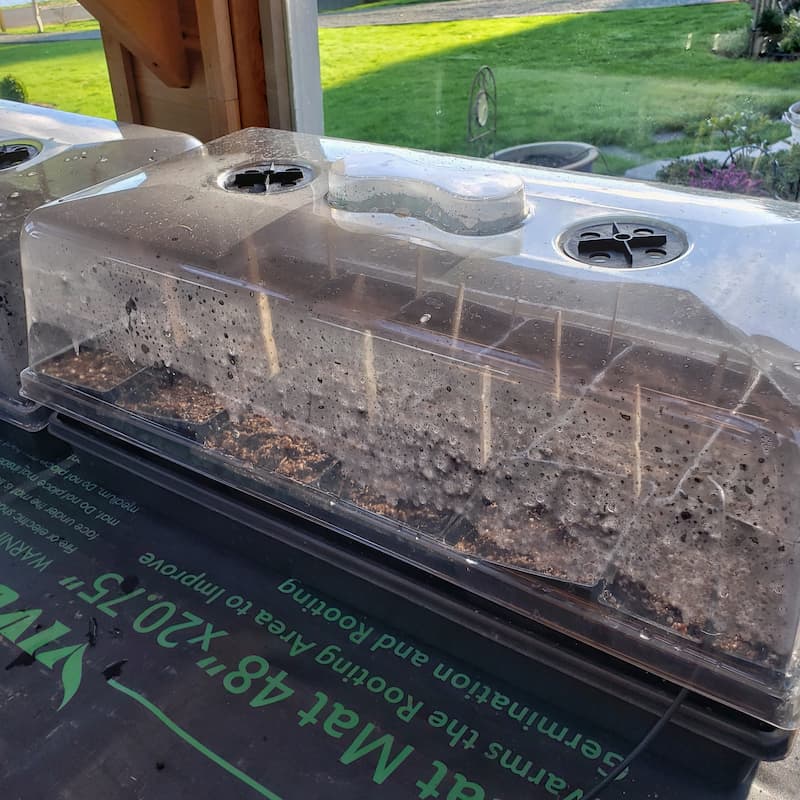
If you haven’t already, it’s a good idea to take an inventory of your seed starting supplies and purchase what you will need. Order now due to shortages and extra shipping times.
January is a great time to stock up on potting soil, seed starting mix, peat moss, and organic pest control products.
January Garden Maintenance
Prune Trees
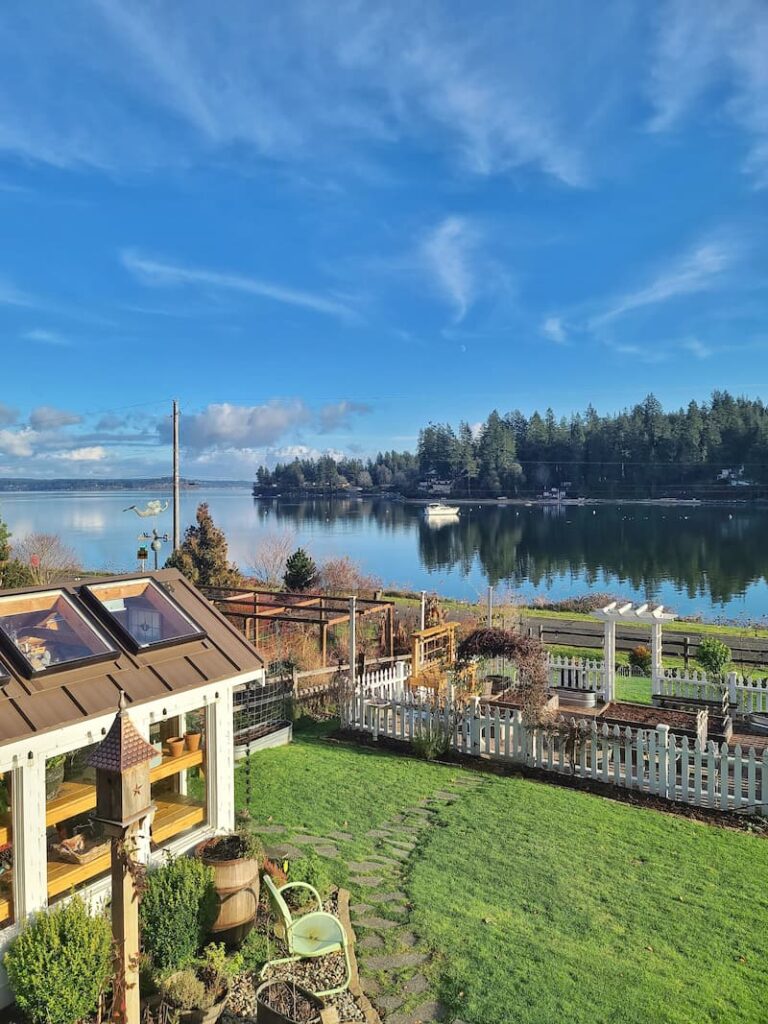
Start pruning dormant fruit trees, shrubs, and grapevines to:
Trim Dead Perennials
Trim any perennials with dead or diseased branches and dead canes from rose bushes.
Spray Fruit Trees
Spray fruit trees with horticultural or dormant oil as preventive pest management. Spraying in winter when other beneficial insects are not around is important.
Clean and Sharpen Gardening Tools
January is a great time to clean and sharpen your garden tools so they will be in top working condition when you need them in another month or so.
Other January Garden Chores
Don’t Forget to Feed the Birds in January
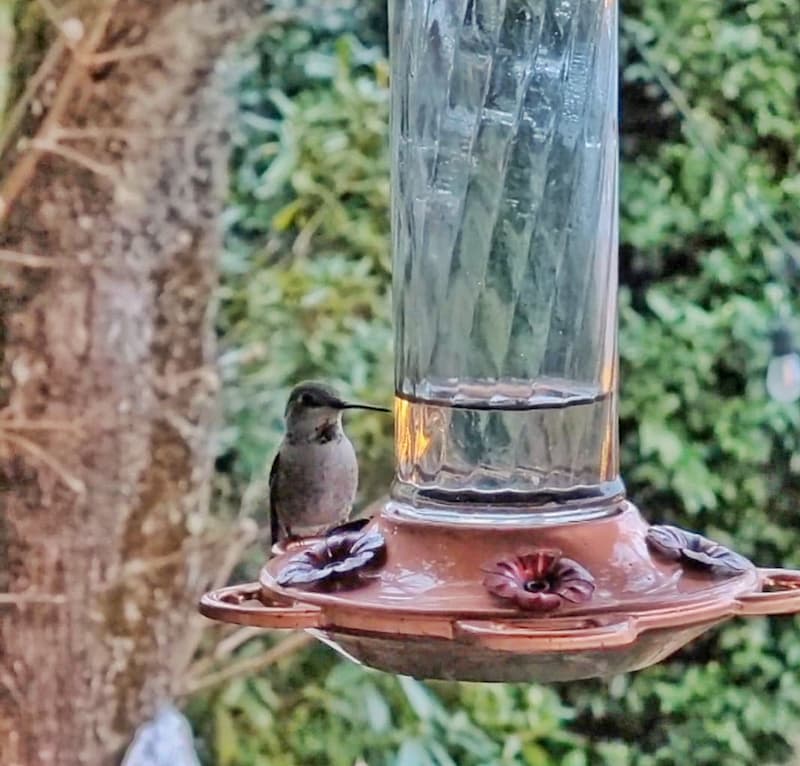
Fill the bird feeders throughout your winter garden.
Check on Overwintering Plants and Tubers
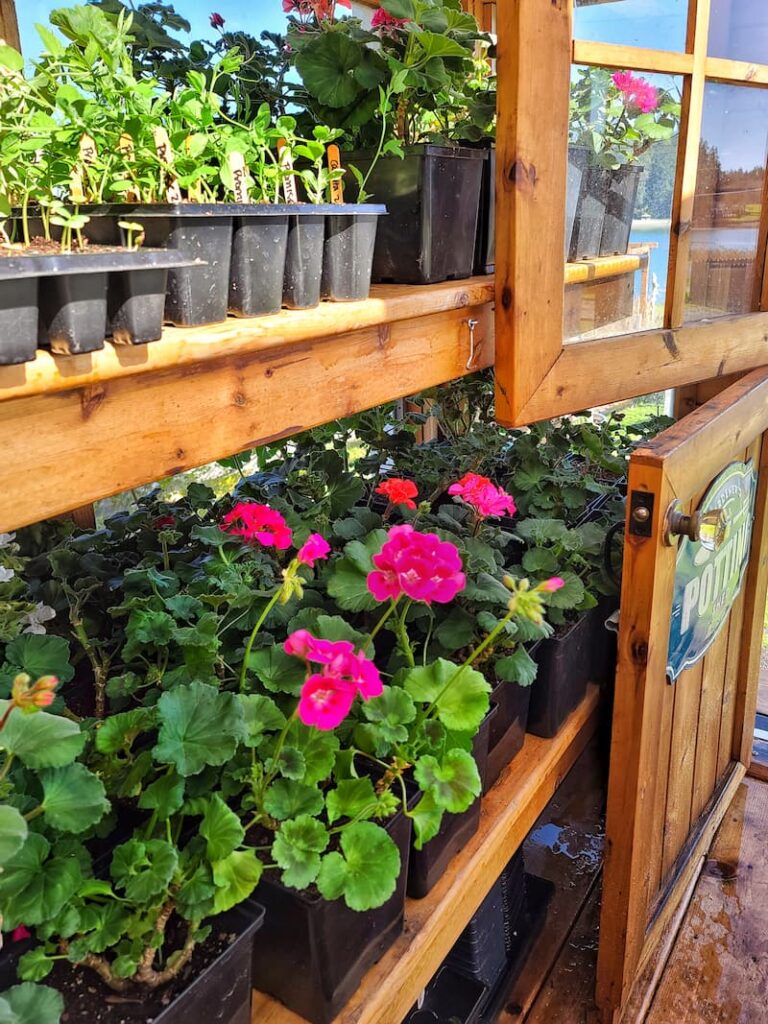
If you store bulbs, tubers, or corms indoors, ensure they aren’t too dry or rotting.
Check on any plants you are overwintering, such as geraniums, to ensure they are not too dry, and cut off any areas that may be diseased to keep them from spreading to the other parts of the plant.
Walk the Garden for Issues
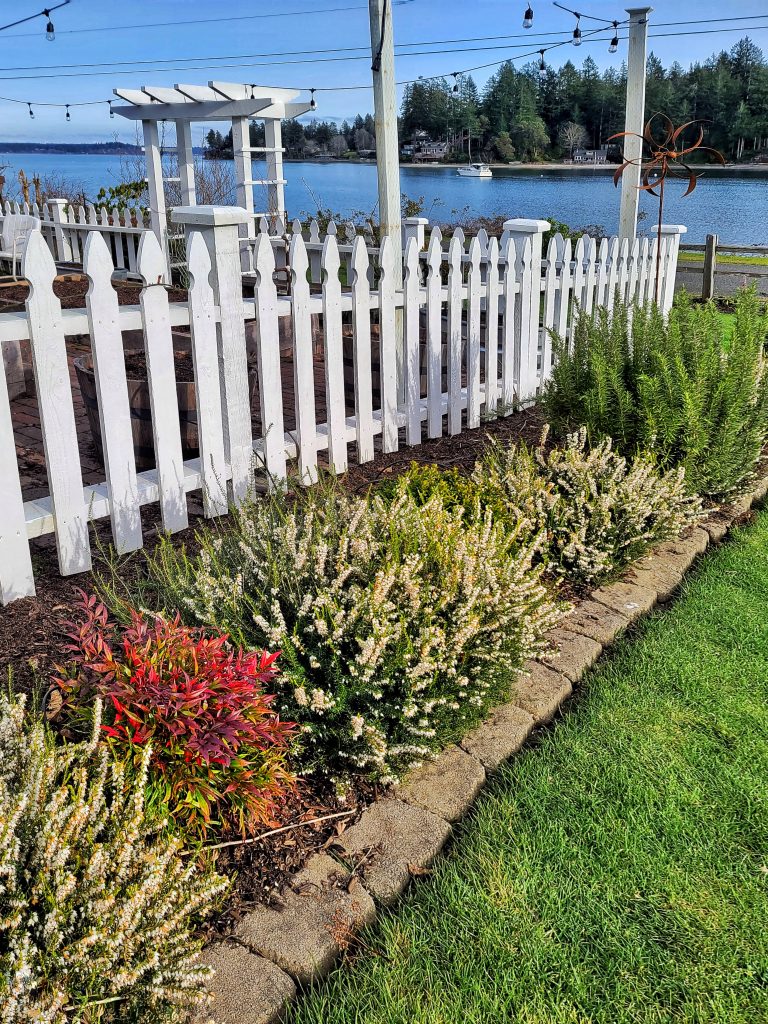
Push down any bulbs or perennials that are coming out of the soil. Alternating freezing and thawing weather, hard rains, and irritating moles can cause bulbs and perennials to pop out of the ground, exposing their roots, drying them out, and dying.
Replace mulch around plants that need it to protect them from the winter cold.
Gardening Made Simple – Your Guide to Beginning Gardening
Dealing with Pests in the Garden During January
January might seem like an odd time to think about pests, but it’s actually the perfect month to get ahead of potential problems. Many pests overwinter in garden debris, soil, or even on your plants, so a little attention now can save you headaches come spring.
Inspect Overwintering Plants
Inspect perennials, shrubs, and trees for signs of overwintering pests like aphid eggs, scale insects, or spider mites. Look for bumps, webs, or discoloration on stems and leaves.
Prune out the infected areas and discard (never compost) to prevent re-infestation.
Clean Up Debris
Dead leaves, fallen fruit, and garden debris can harbor pests and their eggs. Cleaning up now reduces their breeding grounds.
Rake and remove debris from garden beds, especially around fruit trees and vegetable beds.
Use Dormant Oil Sprays
Dormant oils smother overwintering pests like scale, aphids, and mites on fruit trees and ornamental shrubs.
Choose a dry day with temperatures above freezing to apply dormant oil spray. Make sure to follow product instructions carefully.
Watch for Slugs and Snails
In the mild, damp winters of the Pacific Northwest, slugs and snails are active and can damage plants. You can handpick them during damp mornings to apply a natural slug bait.
What If You Skipped Your January Gardening Tasks?
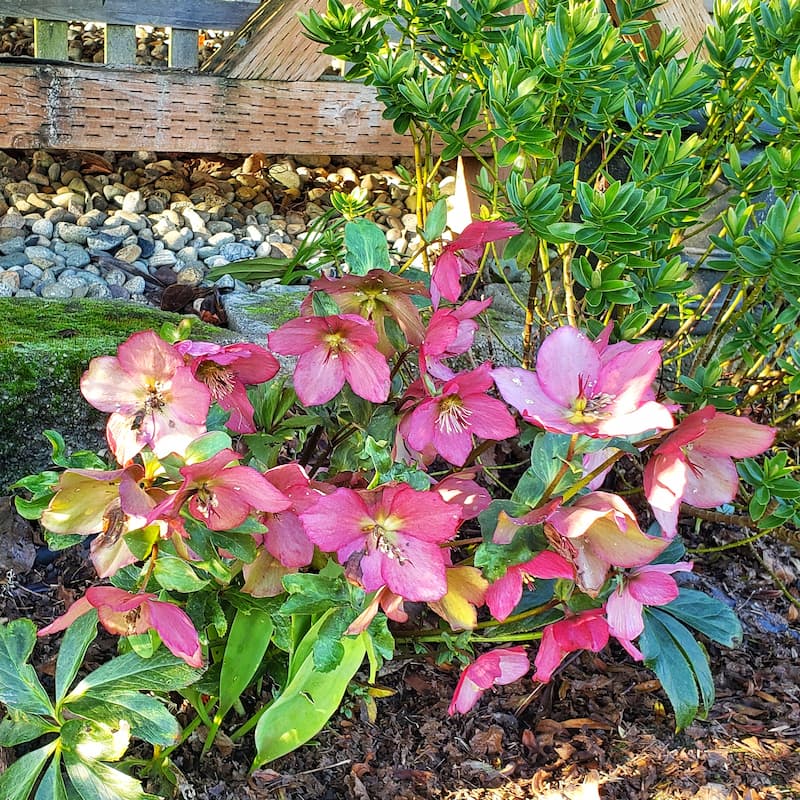
If January slips by and you haven’t touched your garden, it’s not the end of the world. Life happens; sometimes, the cozy indoors wins over those chilly garden tasks. The beauty of Pacific Northwest gardening is that most January to-dos are pretty flexible. Consider them more gentle suggestions than strict deadlines.
For example, if you didn’t prune your fruit trees or roses this month, February is still a great time to do so. The key is to finish pruning before the buds start to swell. If you missed mulching or protecting plants, go ahead and do it as soon as you can. Even late-season care can make a difference in keeping roots warm and preventing soil erosion.
On the planning side, it’s never too late to sketch out a garden layout or browse seed catalogs. Many seeds and starts are available well into spring, and getting organized now can still help you feel ready when planting season arrives.
However, there are a few downsides to skipping January tasks entirely. Skip the winter pruning altogether, and you might notice your plants looking less perky or your harvest smaller than usual. get too comfortable if left unchecked, and waiting too long to prep your soil might leave you playing catch-up when spring hits.
But here’s the bottom line. Gardening should bring joy, not stress. So, if January wasn’t your month for gardening, dust off those tools when you’re ready, and your garden will be there waiting.
Common Questions About January Gardening
Is January Too Early to Start Seeds?
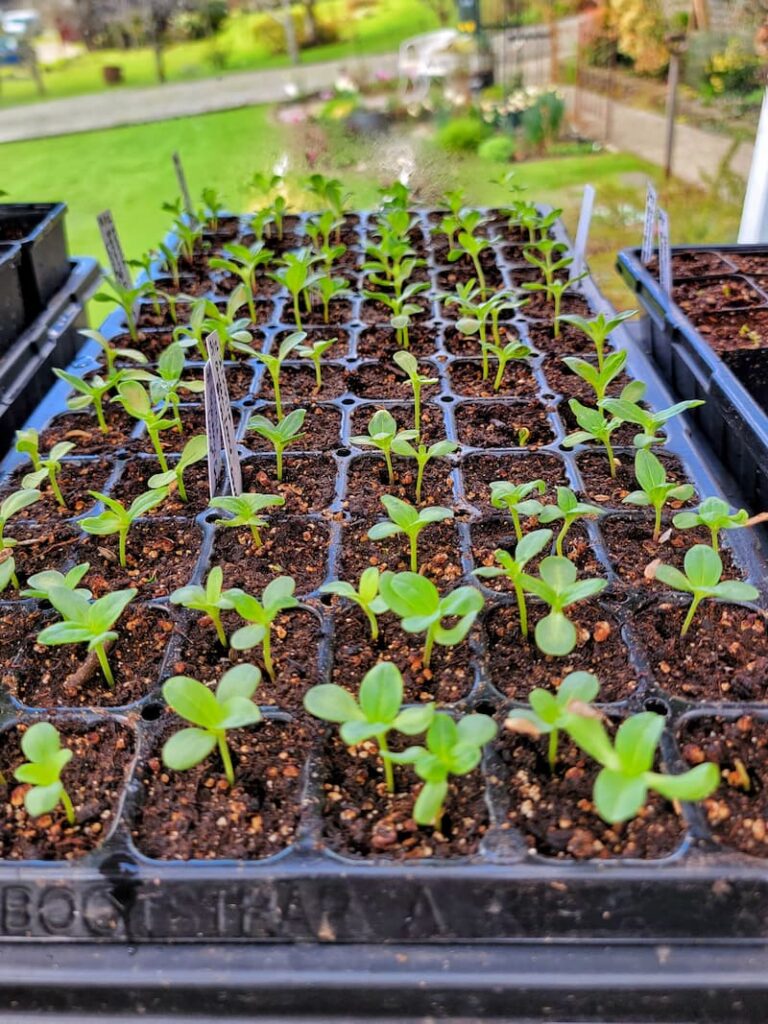
Not at all, but it depends on what you’re planting!
In the PNW, the last week of January can be a good time to start certain seeds indoors, especially for plants with a long growing season.
Think tomatoes, peppers, or eggplants. These heat-loving crops need plenty of time to grow before they can be transplanted into the garden after the last frost.
Starting seeds early gives them a head start, allowing them to develop strong roots and stems before going outside. Plants like beans, squash, and cucumbers grow quickly and don’t transplant well if they get too big indoors. For those, you’re better off waiting until closer to spring.
What Seeds Can You Start in January?
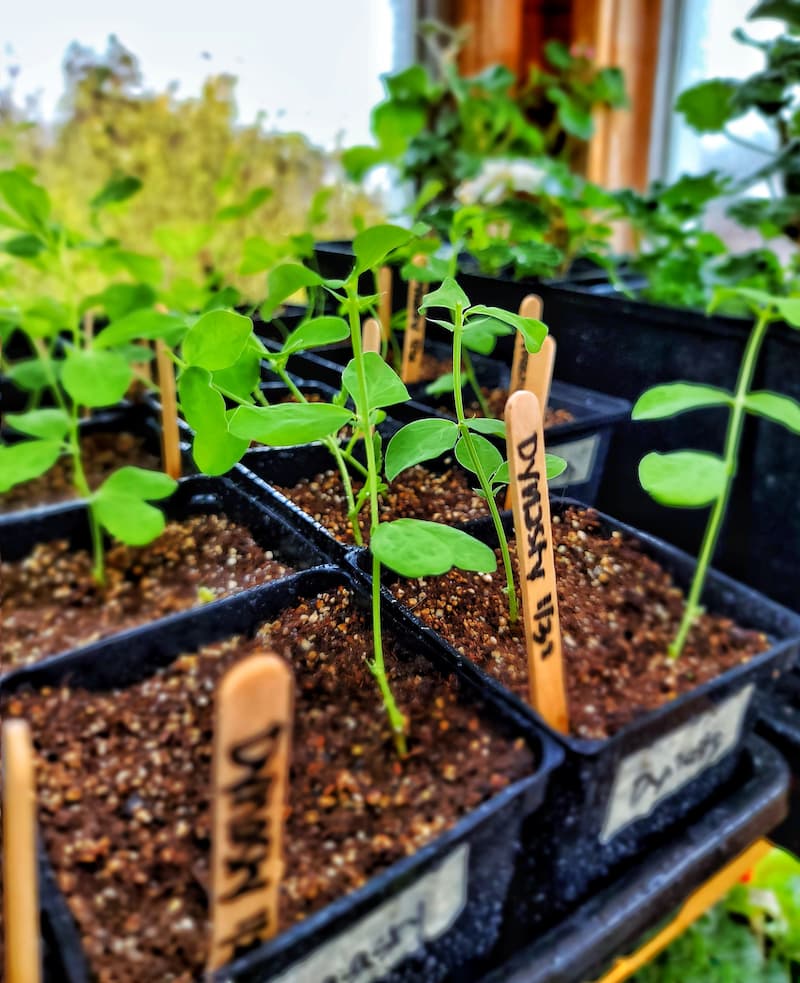
Here are some seeds you might want to consider starting this month in the PNW:
If starting seeds in January feels overwhelming, don’t worry. It’s better to start seeds slightly later than to rush into it without the proper setup.
Should you Cover Raised Beds in Winter?
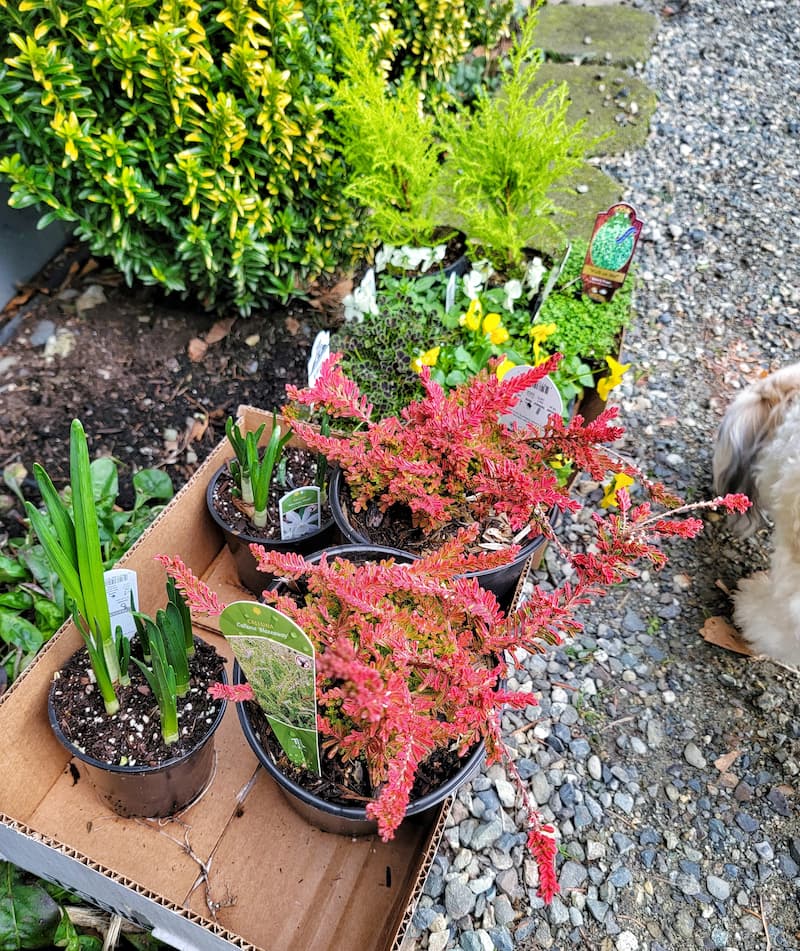
Covering your raised beds in winter is smart, especially here in the Pacific Northwest. Our mild, wet winters can lead to issues like nutrient leaching, soil erosion, and weed growth, which can be minimized by covering your beds.
Why Cover Your Raised Beds?
What Should You Cover Them With?
There are a few options for covering raised beds:
What is the Best Soil Cover for Winter?
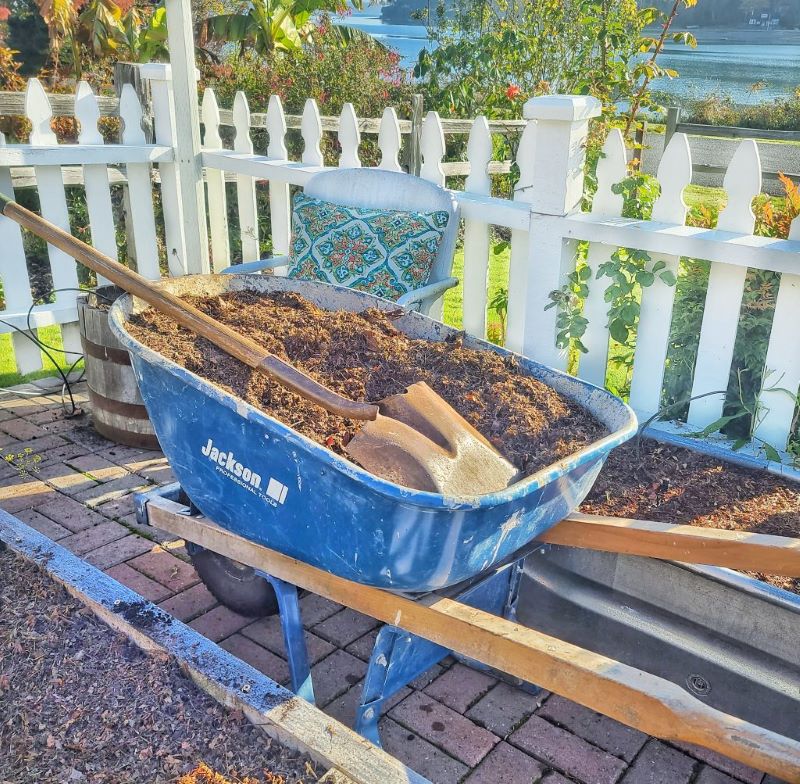
Let’s break down the most popular options so you can choose the one that’s right for your garden.
Organic Mulches: A Natural Blanket for Your Soil
Organic materials like straw, wood chips, shredded leaves, or even grass clippings are excellent for insulating the soil and adding nutrients as they break down.
Compost or Manure: Feeding Your Soil
Covering your beds with a layer of compost or well-aged manure does double duty. It protects the soil while enriching it with nutrients that will be ready for your plants come spring.
Cover Crops: A Living Cover
Also known as “green manure,” cover crops like clover, vetch, or winter rye are planted in the fall and grow throughout winter. They prevent erosion, fix nitrogen in the soil, and can be tilled under in spring to improve soil health.
Plastic or Tarp: A Low-Maintenance Option
Black plastic or tarps are ideal for suppressing weeds and keeping soil dry. They don’t add nutrients but are effective for keeping your beds tidy and ready for planting.
Cardboard or Newspaper: A Budget-Friendly Solution
If you’re looking for a no-fuss option, cardboard or layers of newspaper can work well as a soil cover. They suppress weeds, block sunlight, and decompose slowly.
Do I Need to Water My Garden in the Winter?
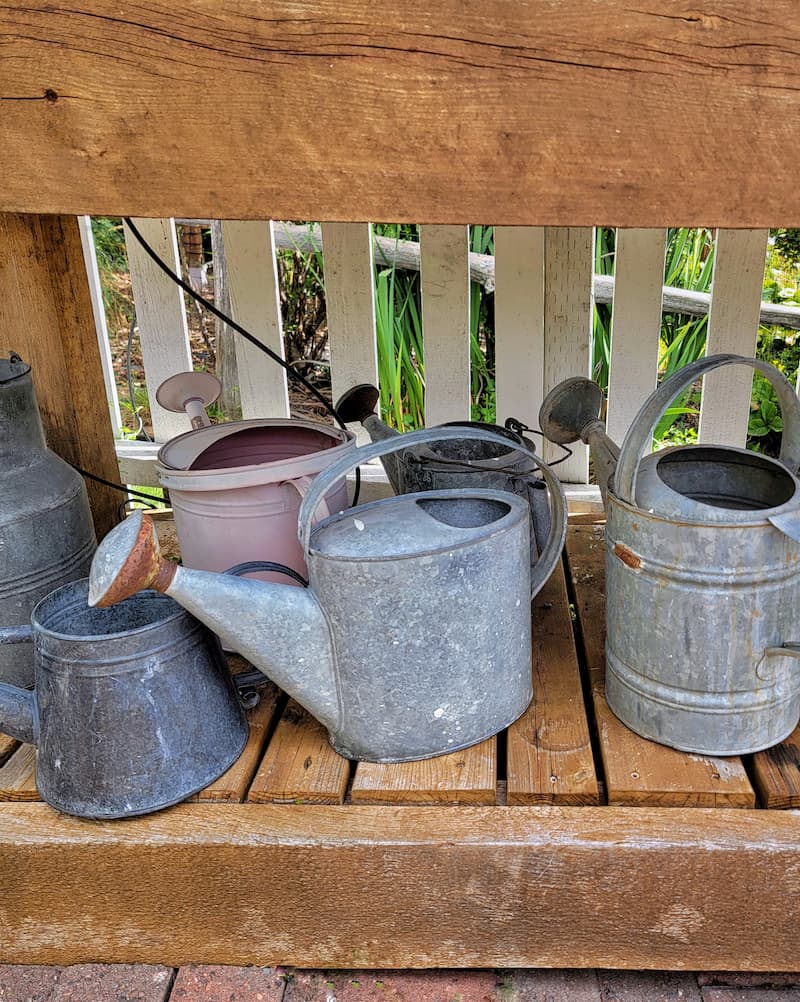
In most cases, no. Winter in the Pacific Northwest usually brings plenty of rain to keep your garden hydrated. However, there are a few situations where supplemental watering might be necessary, even during the colder months.
When You Might Need to Water
Watering early in the day allows plants to absorb moisture before temperatures drop at night, reducing the risk of frost damage.
Avoid overwatering, as wet soil and cold temperatures can lead to root rot. Extremely cold water can shock roots.
Winter Watering Checklist
Best Tools for Winter Watering
If you need to water during the winter, these tools can make the job easier and safer:
Final Thoughts for January Gardening To-Dos in the Pacific Northwest
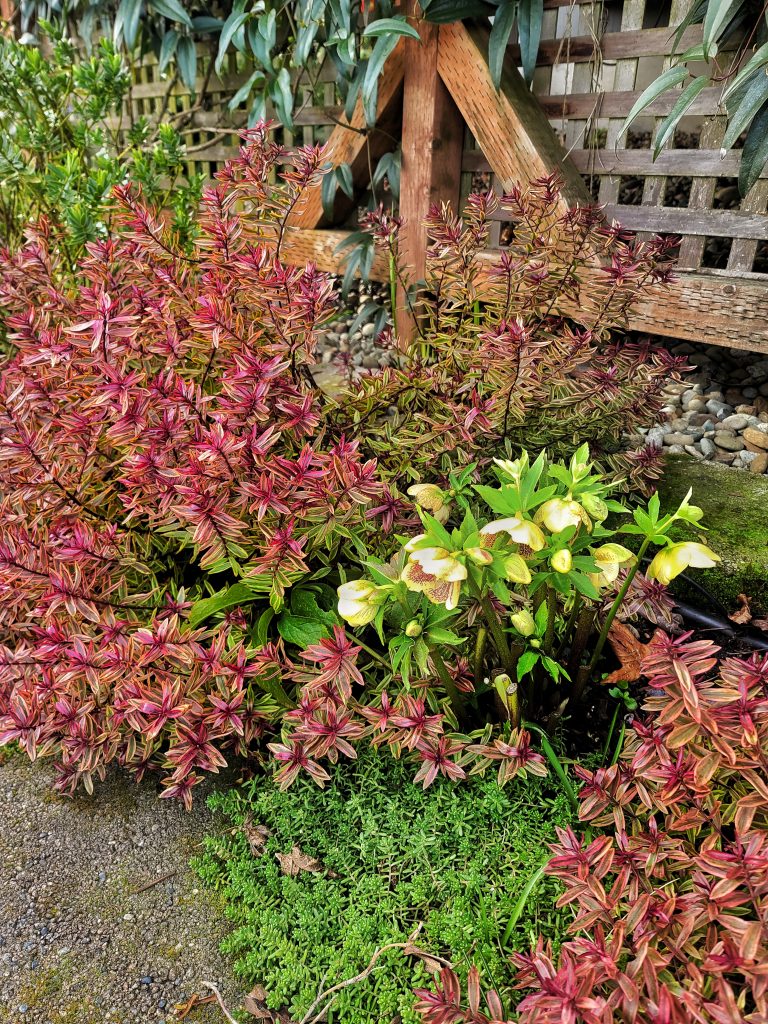
January might seem like a quiet month in the garden, but it’s a perfect time to set the stage for a productive and beautiful growing season. Whether pruning fruit trees, protecting your soil, or dreaming over seed catalogs, these small but meaningful steps can make a big difference in your garden’s success.
Gardening in January is all about preparation, care, and finding joy in the quieter moments of the season. And let’s not forget that just being outside, even briefly, can lift your spirits and keep you connected to the natural world during the darker days of winter.
If you’ve missed a few tasks or are just starting, don’t worry – there’s still plenty of time to catch up and make the most of your garden before spring arrives. Gardening is as much about the journey as it is about the results, and every effort you make now will pay off when your garden bursts to life in the months ahead.
So grab those pruners, pull on those boots, or curl up with your garden journal – whatever feels right. Your garden’s story for the year is just beginning to unfold!
You can see a map of the USDA zones HERE.
If you have any questions or additional suggestions, please share them in the comments below. And be sure to share this blog post link with anyone who may find these gardening tips helpful.
Until next time,
Happy January!

MORE POSTS
For You To Enjoy

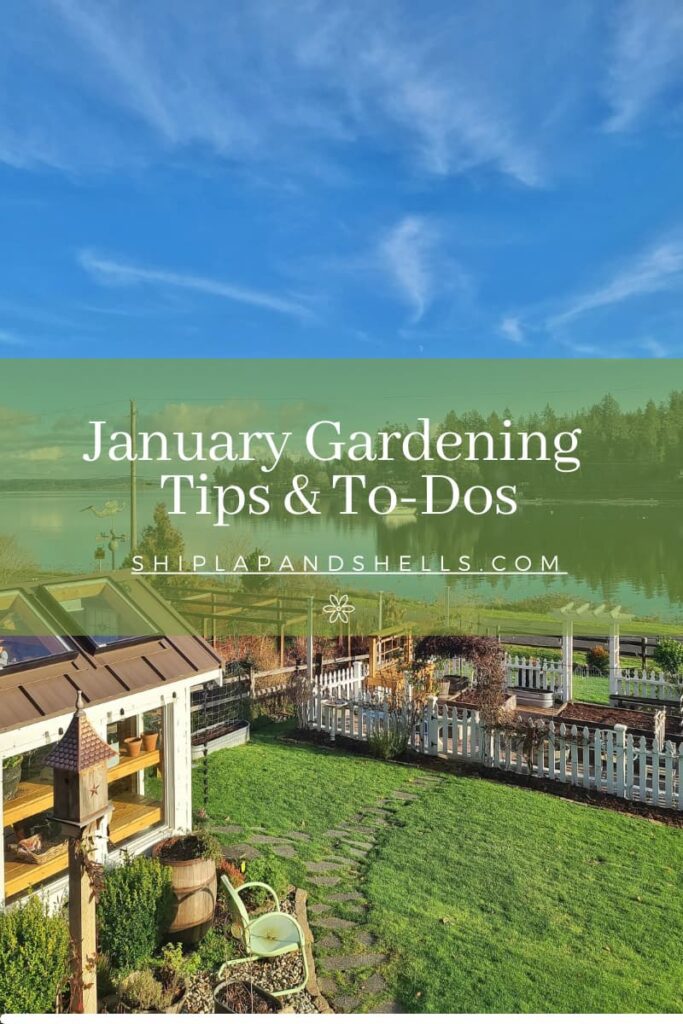
Follow Me for More Inspiration
Shop my Amazon Storefront, LTK sources, and my favorite home decor, garden, and lifestyle products. When you purchase from one of my links, I earn a small commission, which helps me continue sharing all the content you expect on my blog.
Be sure to follow me on Pinterest, Instagram, Facebook, TikTok, and LIKEtoKNOW.it. Do you like gardening? Join my Facebook Gardening Tips & Tricks group.


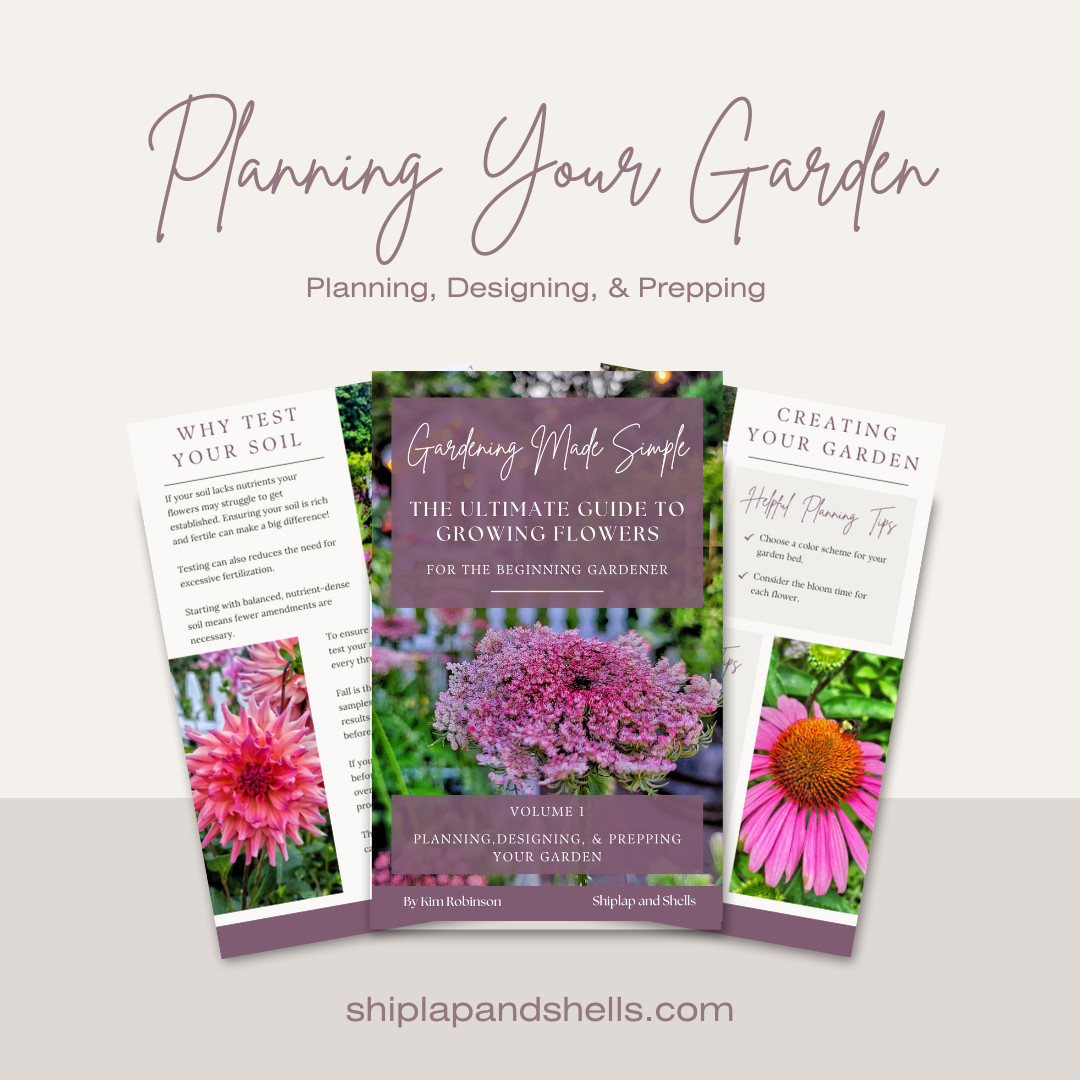
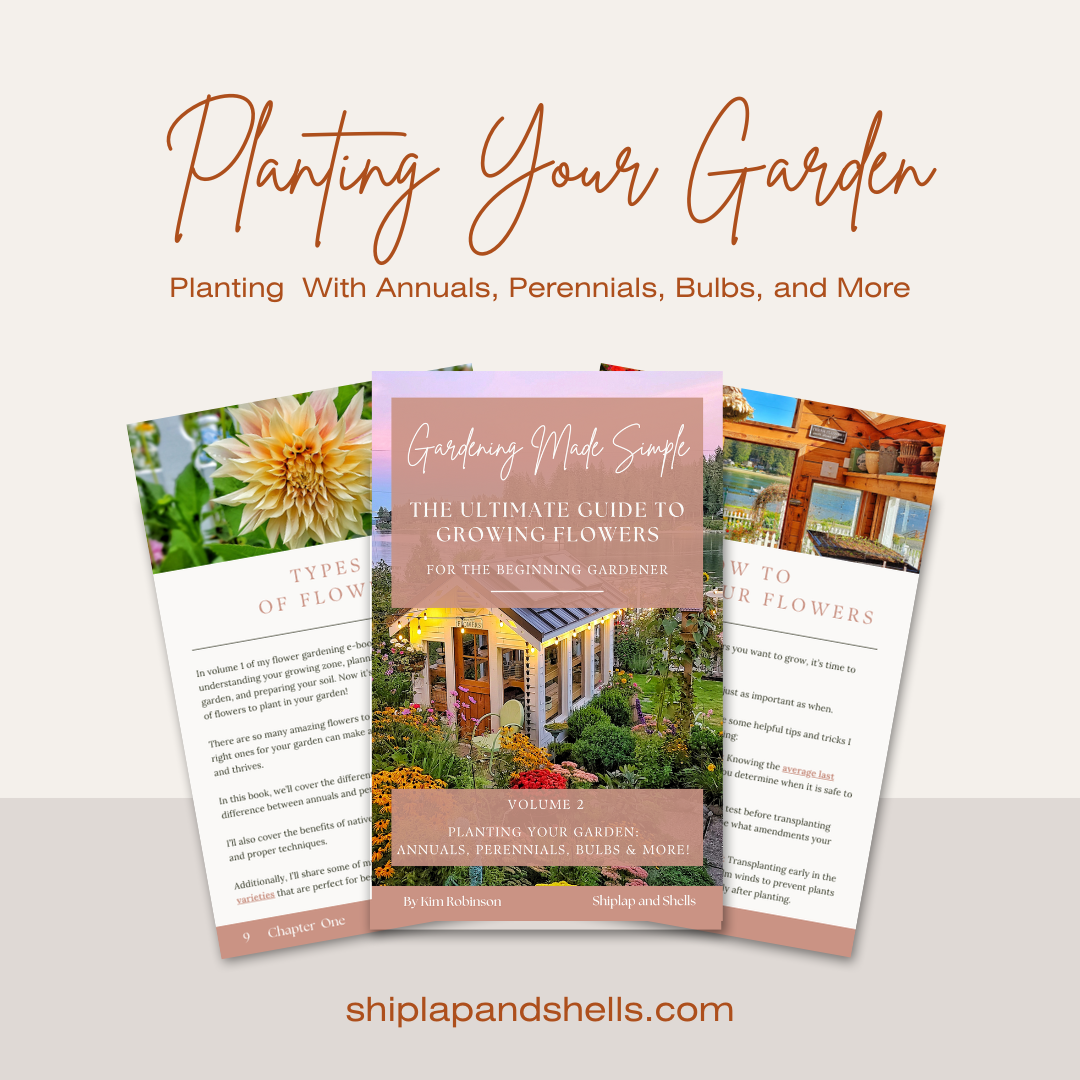
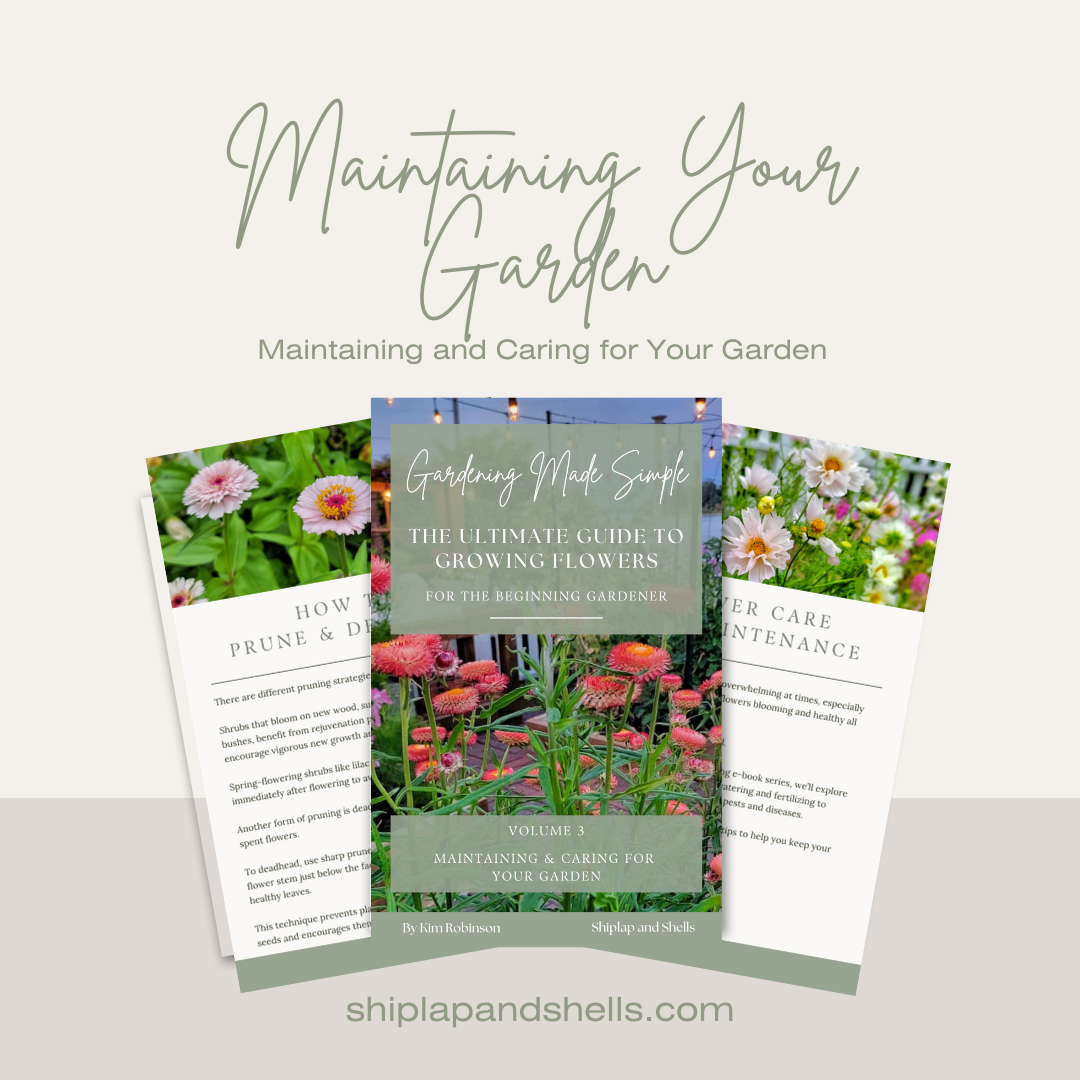
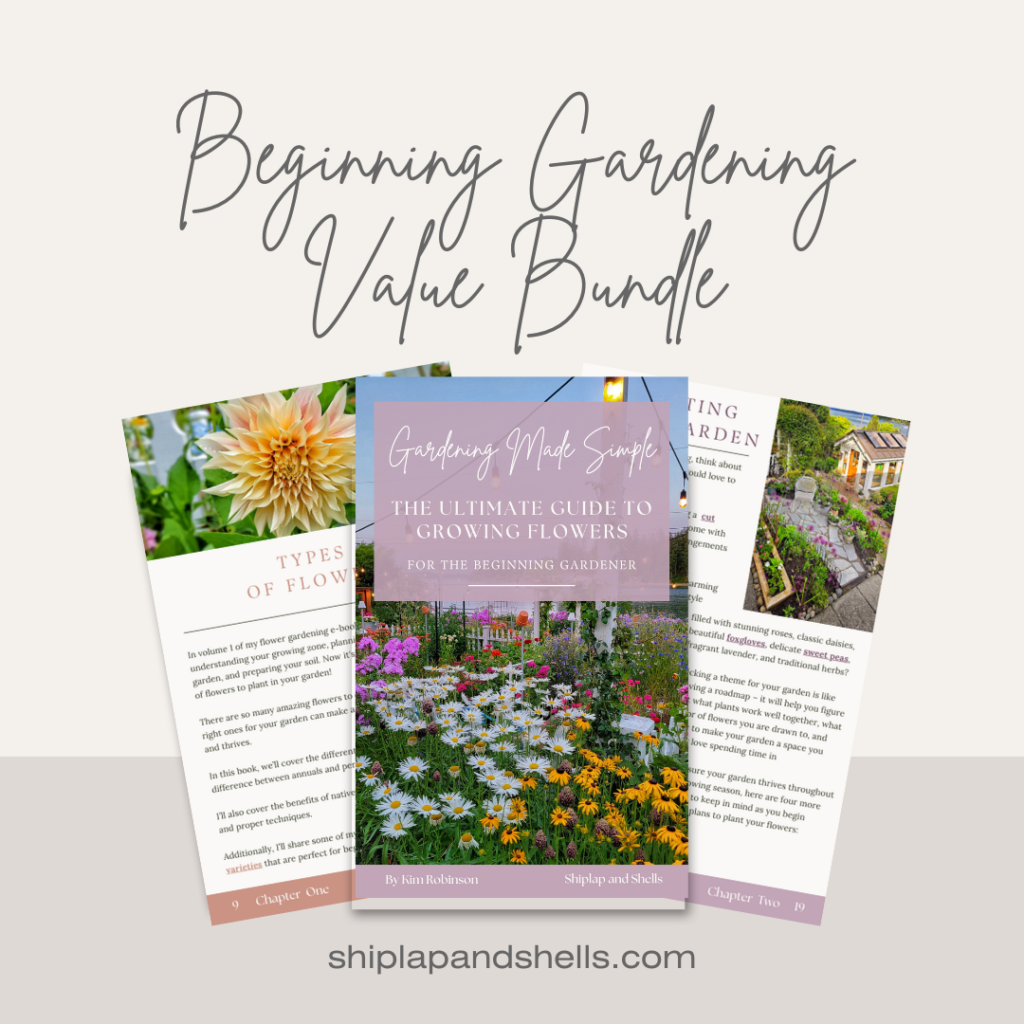
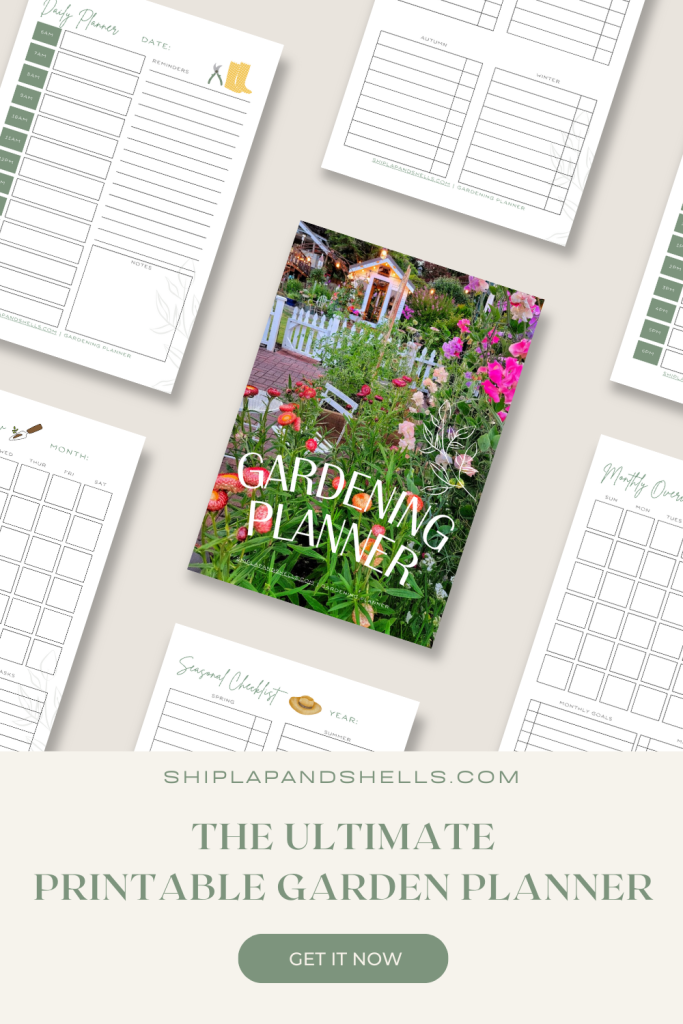
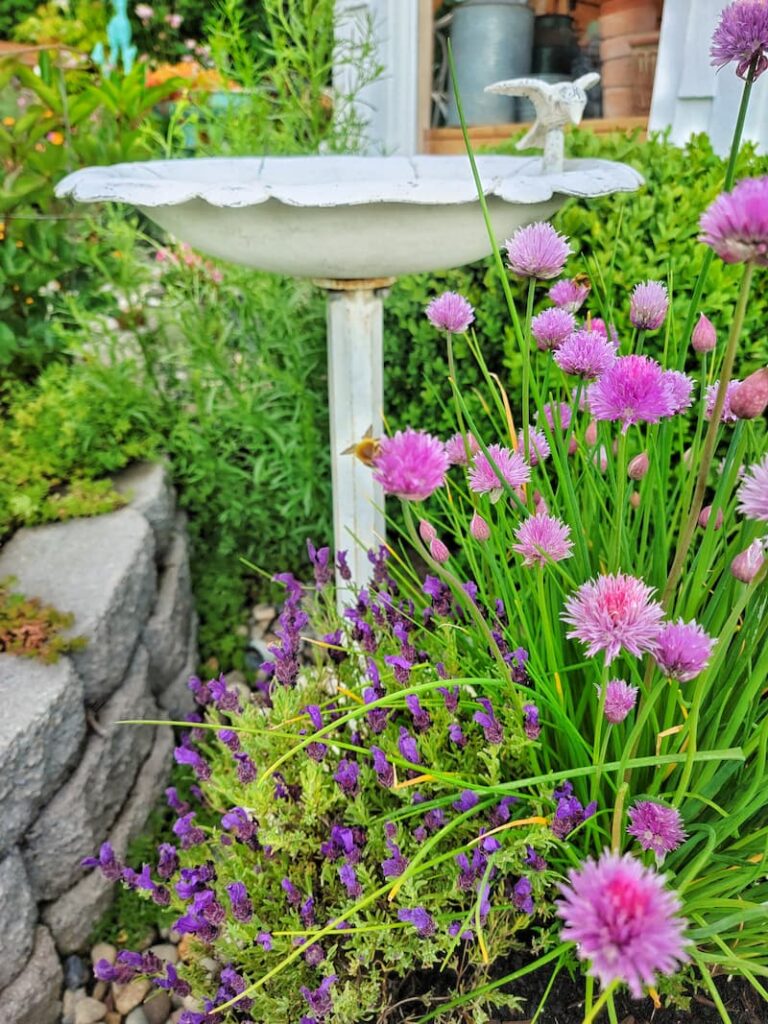
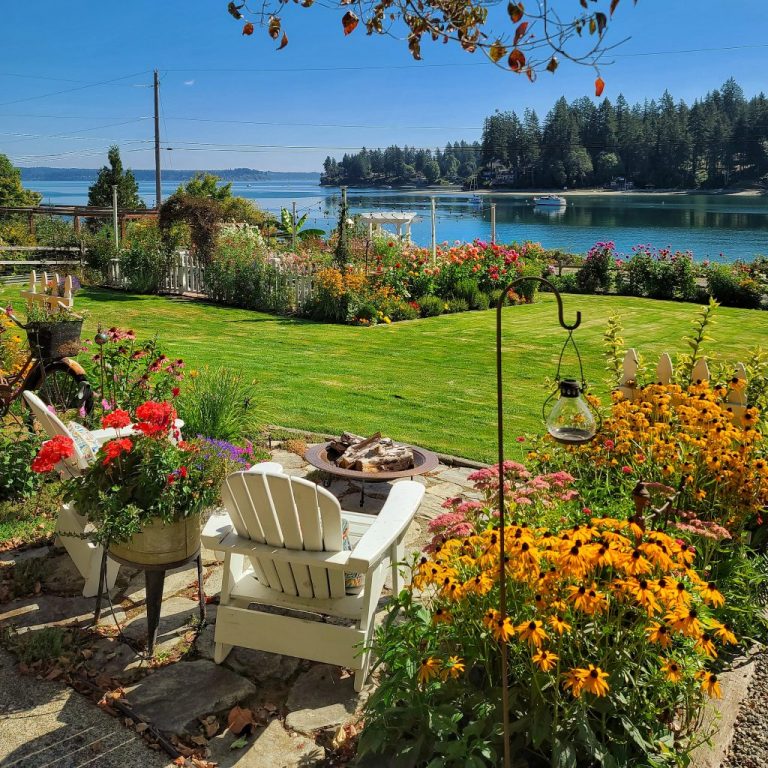
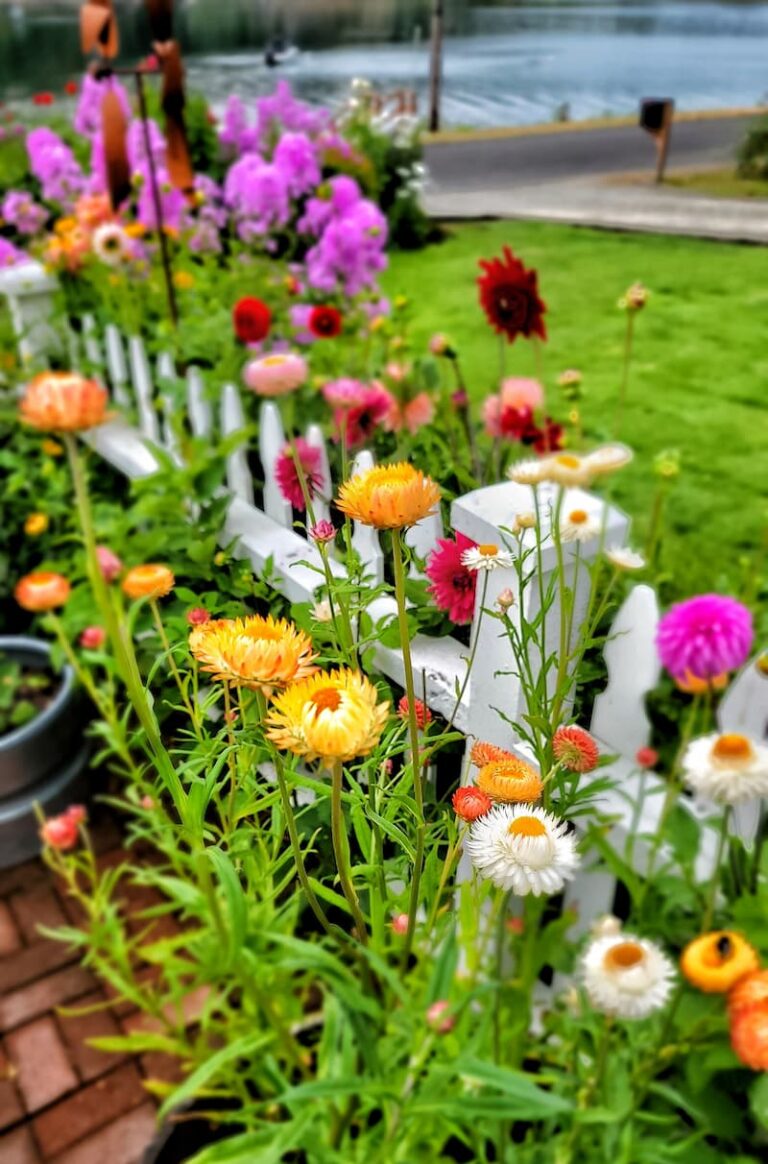
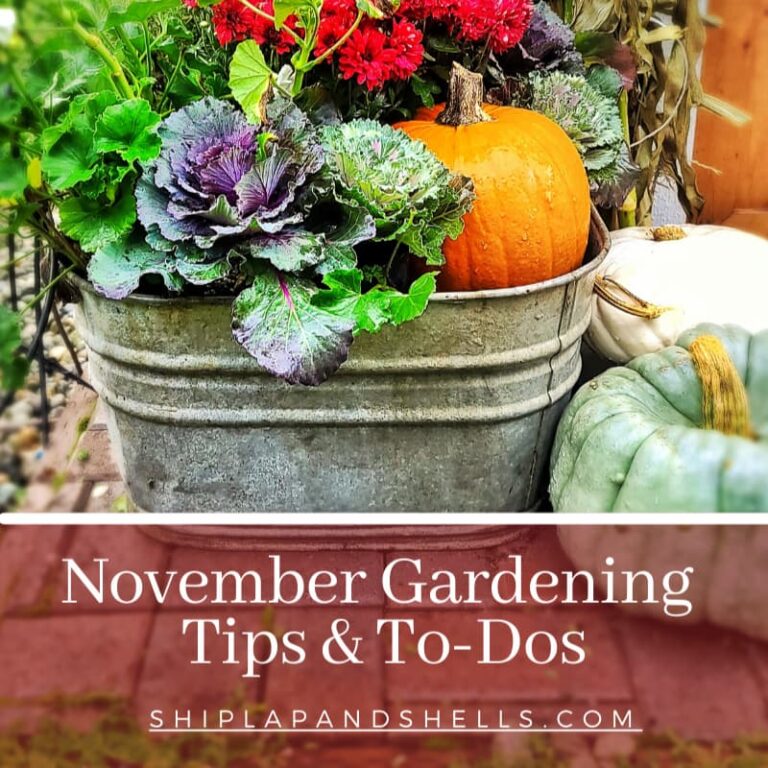
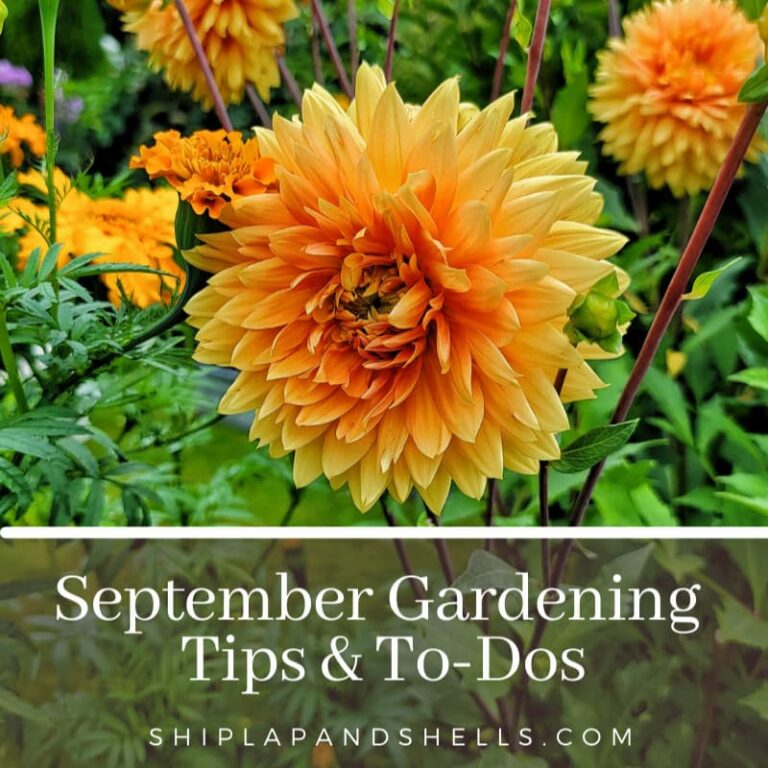
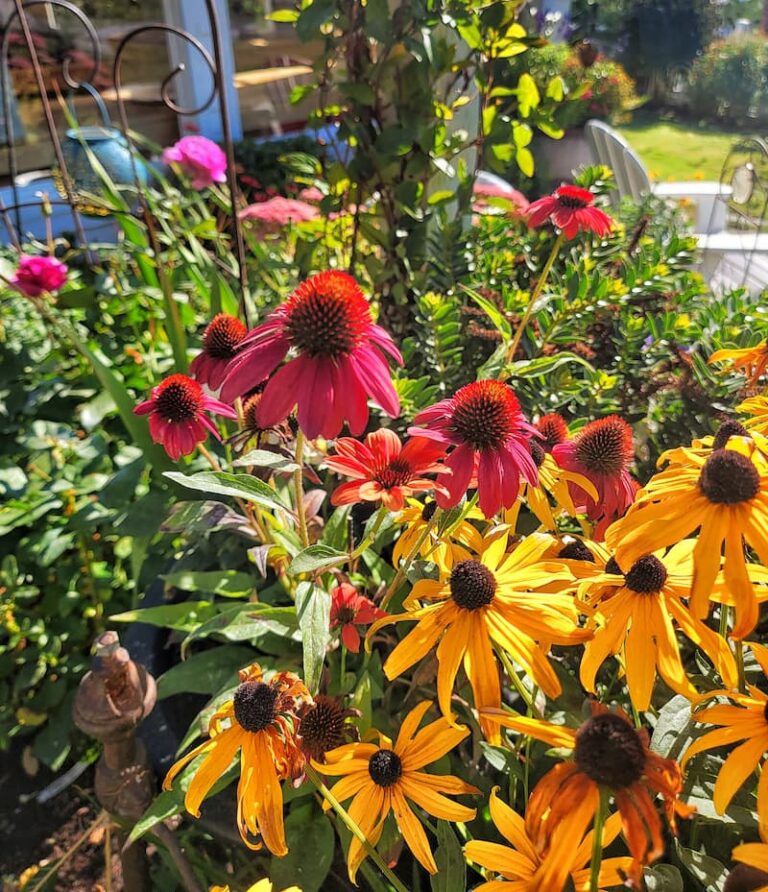
This is a great post. I would love to share it on my newsletter this week. Hugs to you.
That’s so sweet of you Renae. Thank you!
So very inspiring, and can’t wait to follow along in your journey. I’m contemplating gardening again this year… 🙂
Can’t wait to get started! I ordered my seeds this week!
I can’t wait to get started.
Love all your January garden tips! I’m hoping to get started on some soon. I can’t wait to start working in the beds this year. The 2022 season will be epic!!!
I am so looking forward to gardening again Stacy.